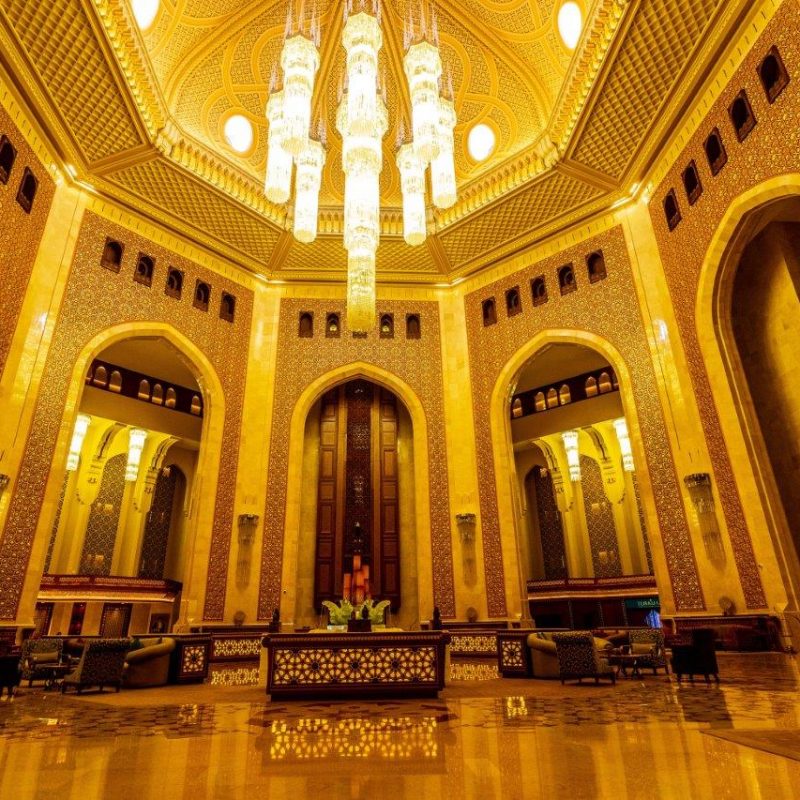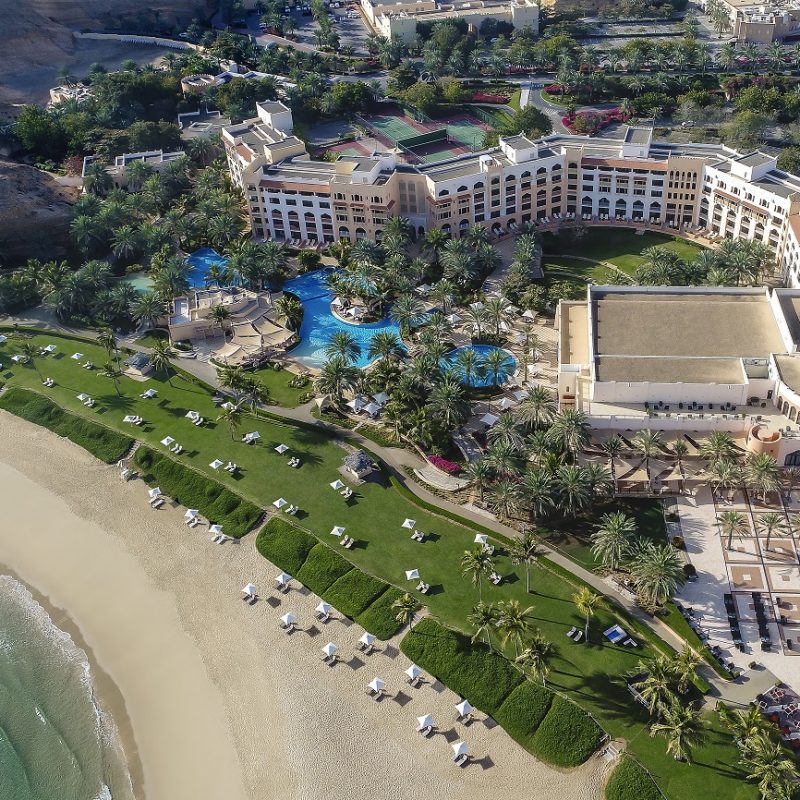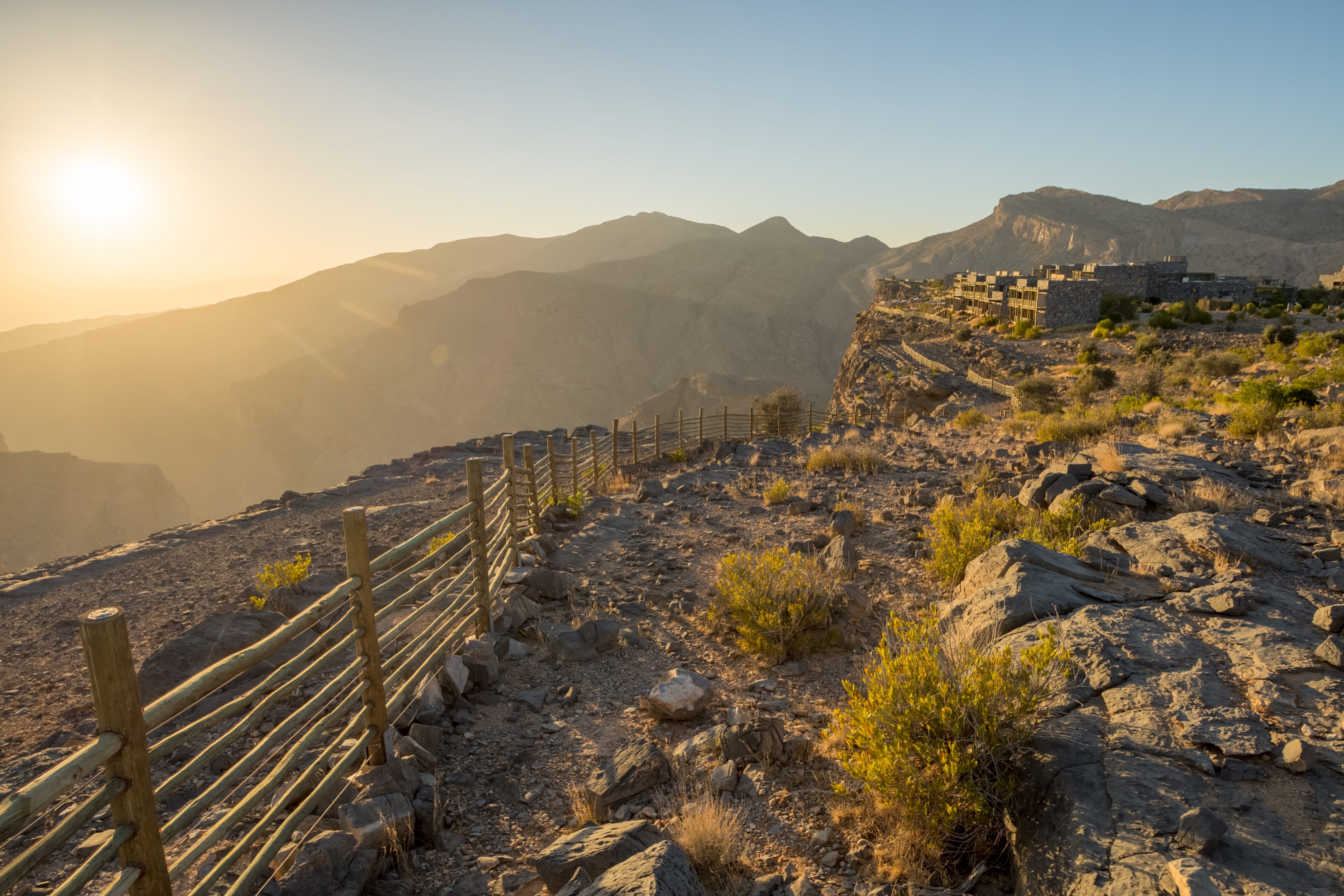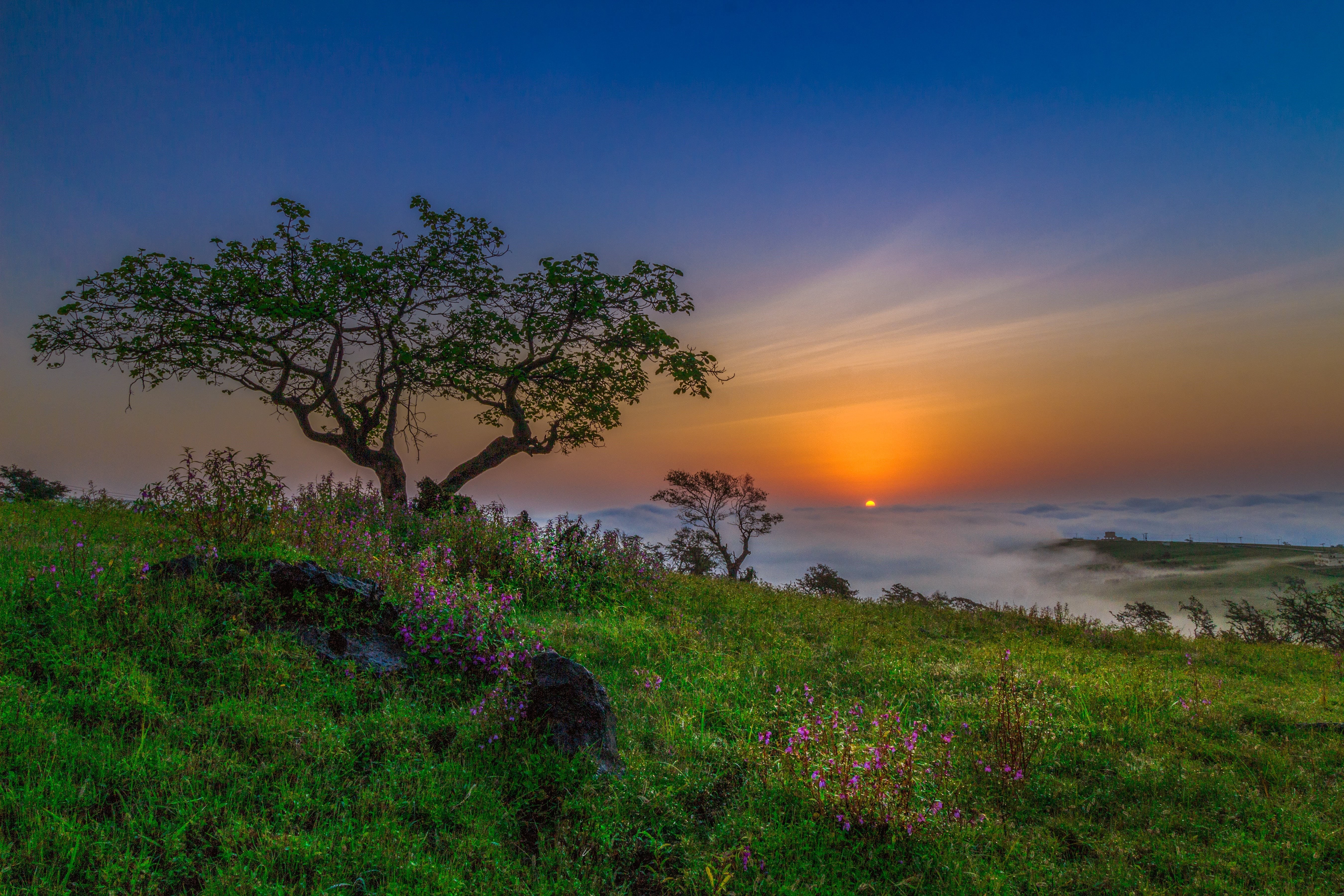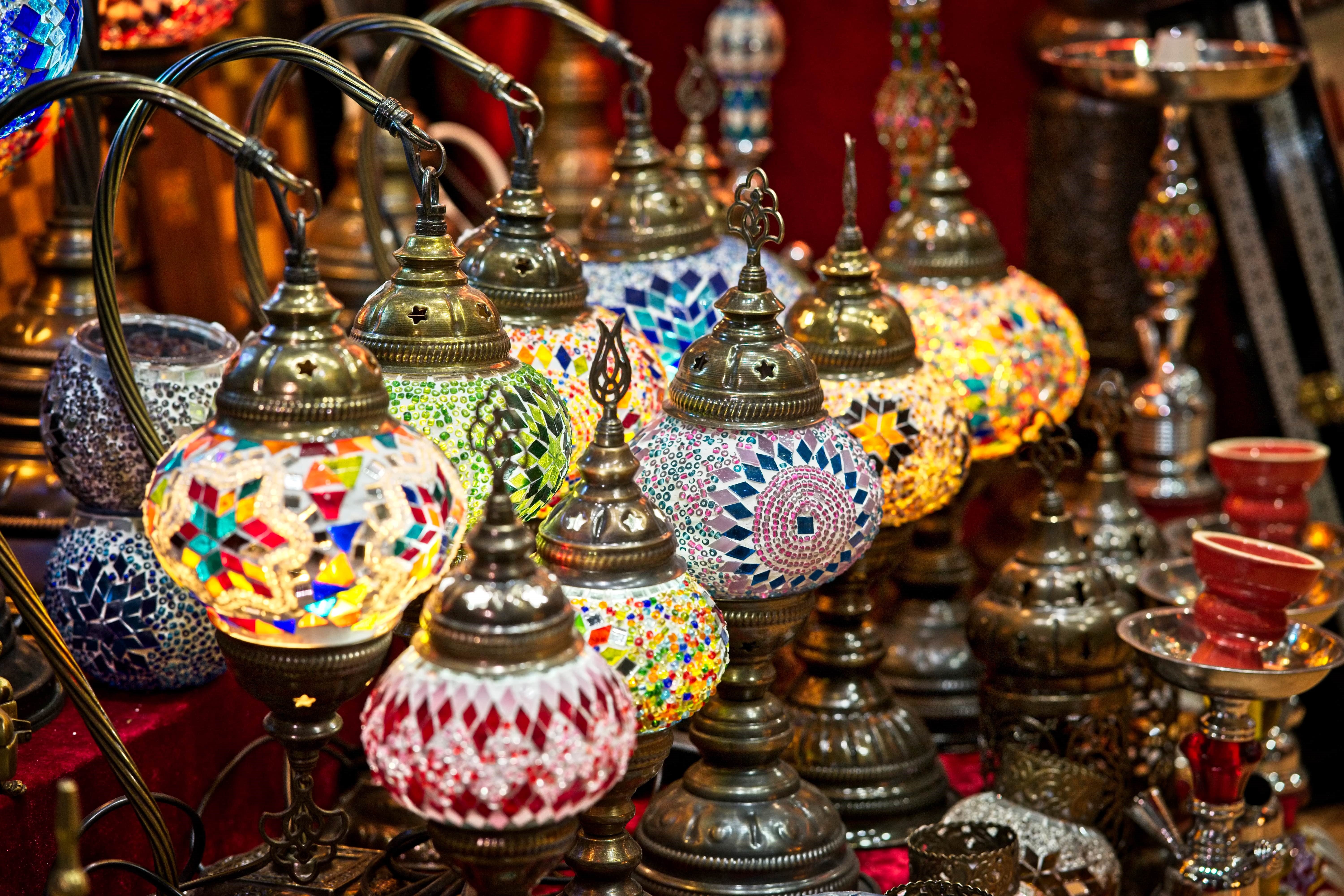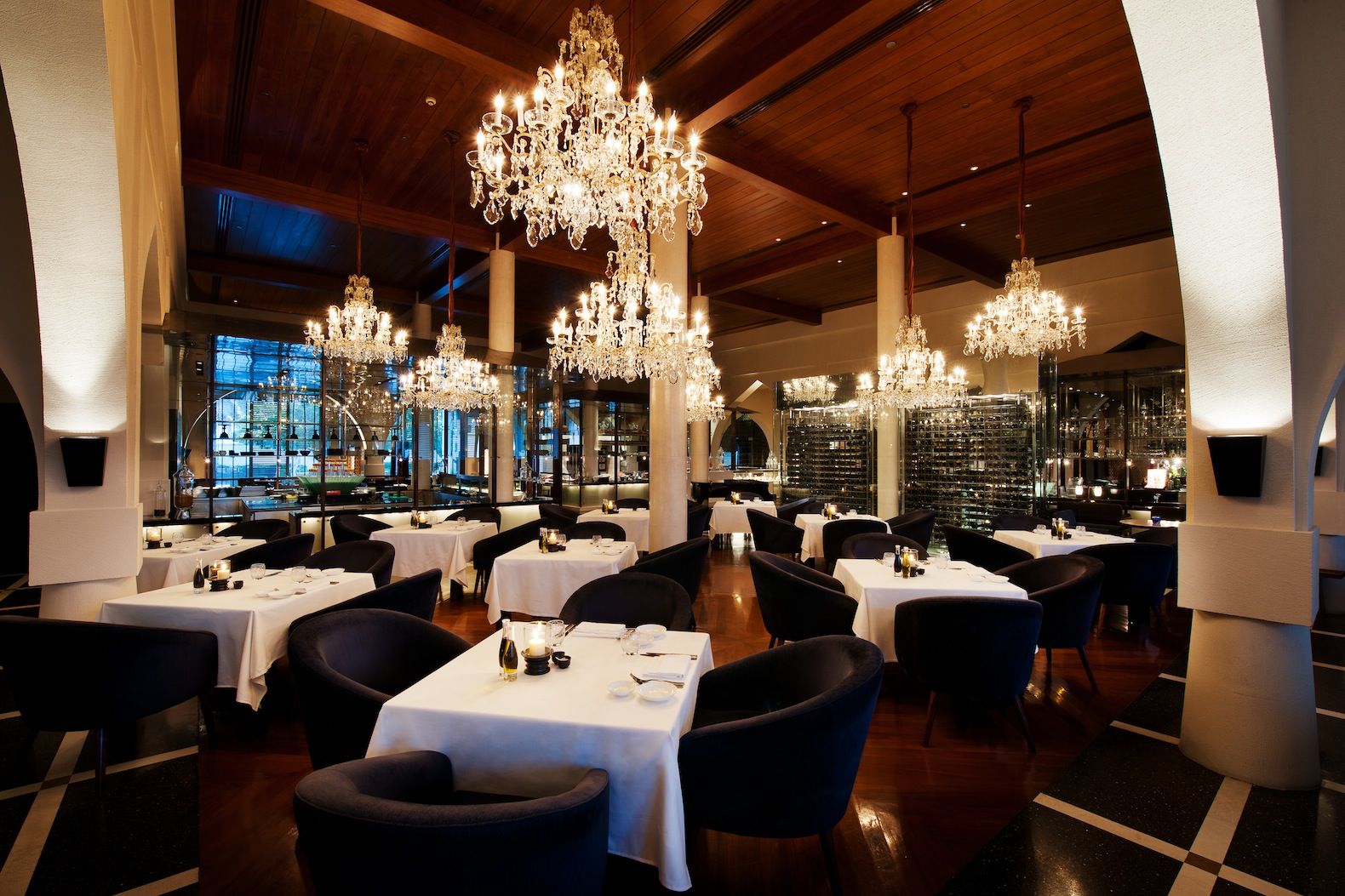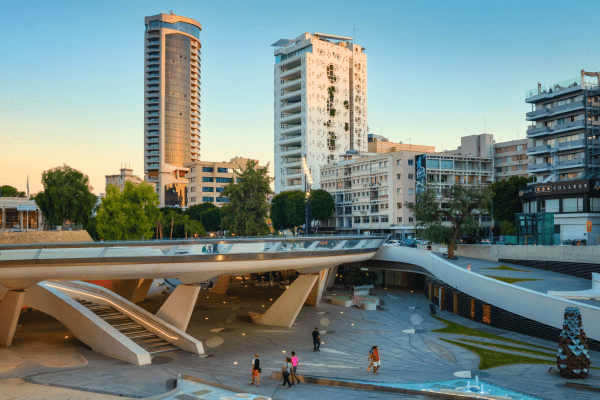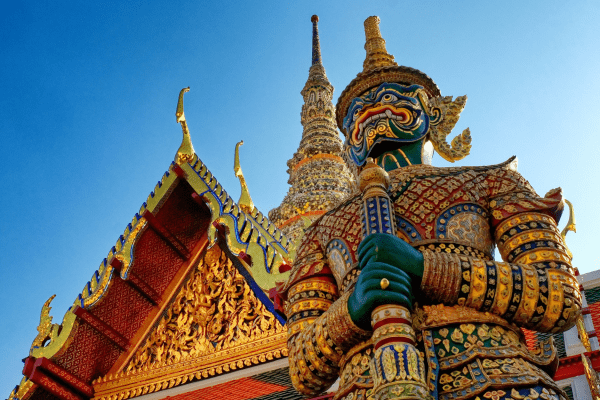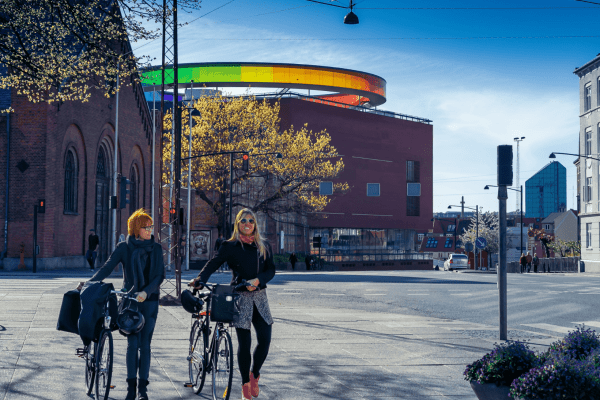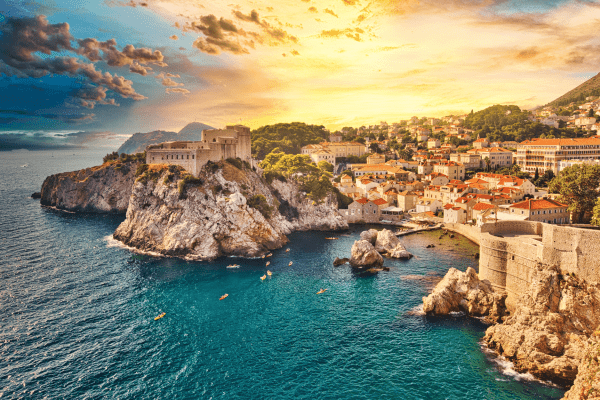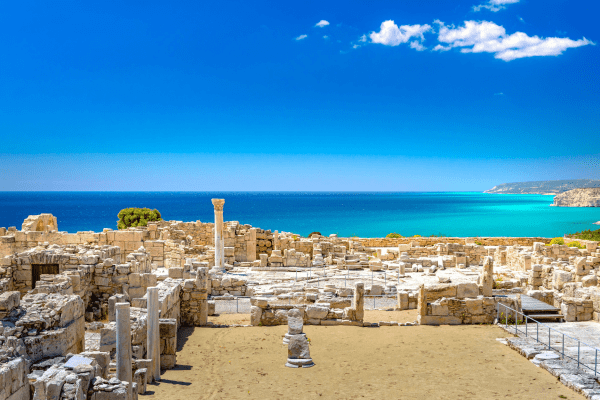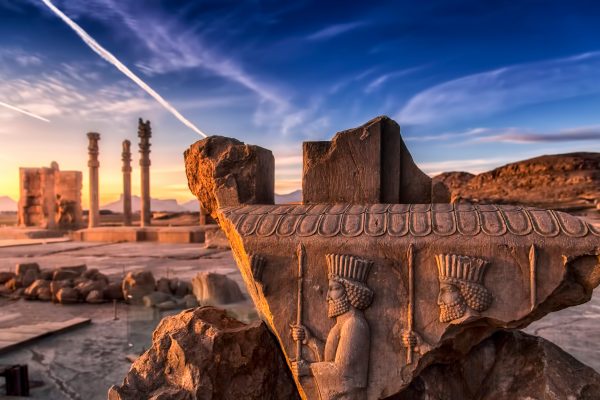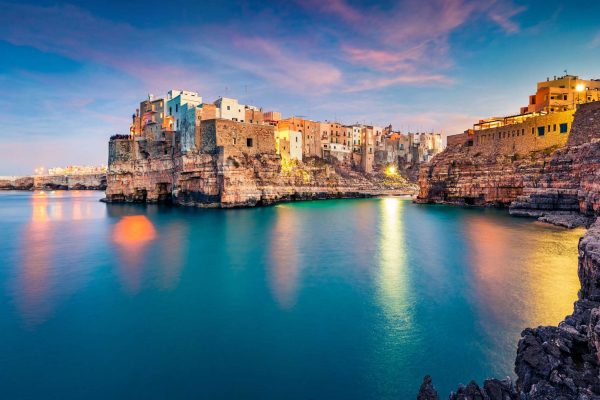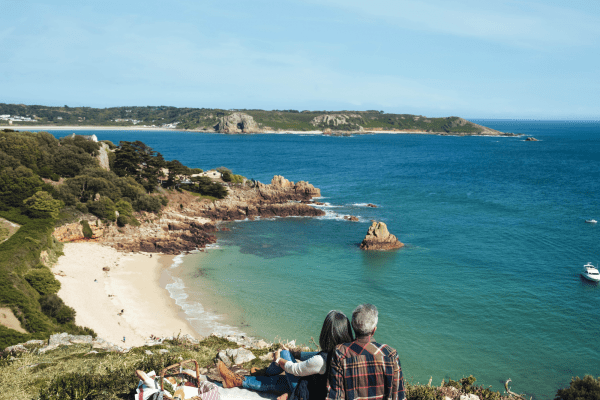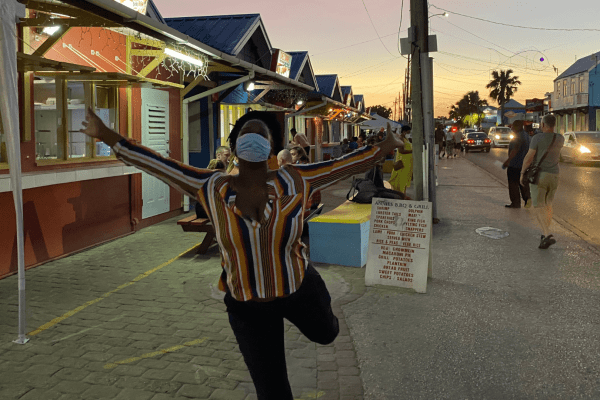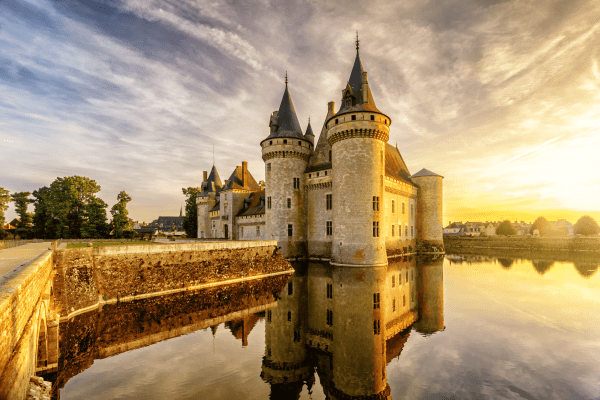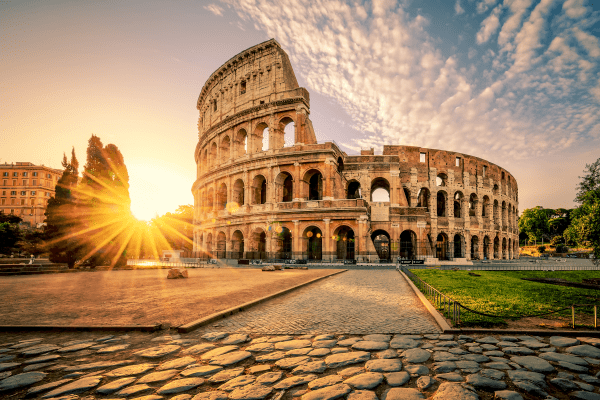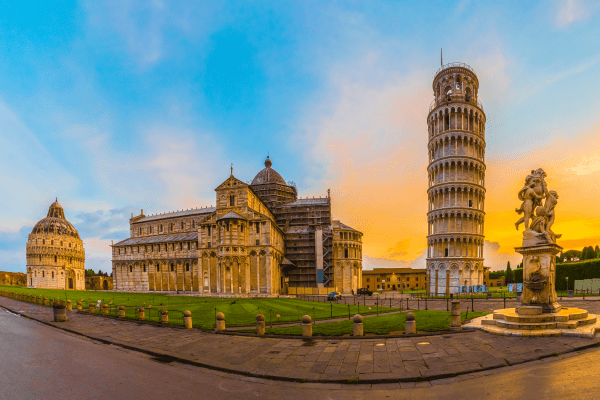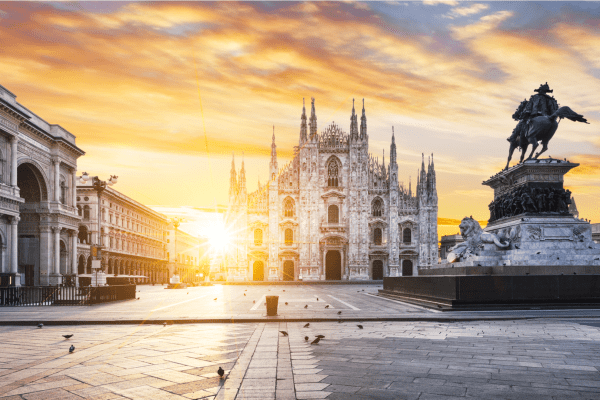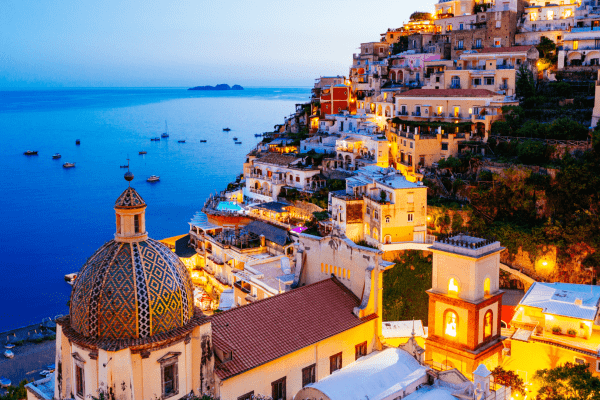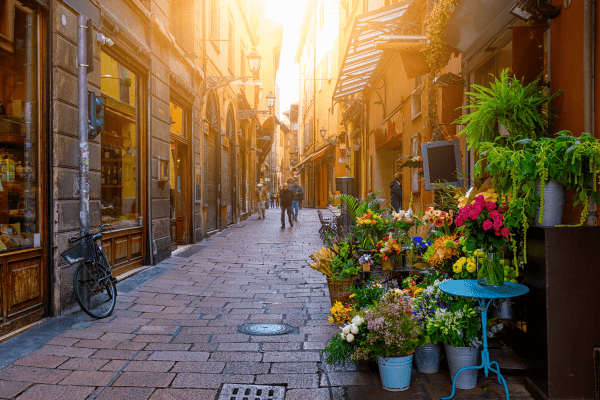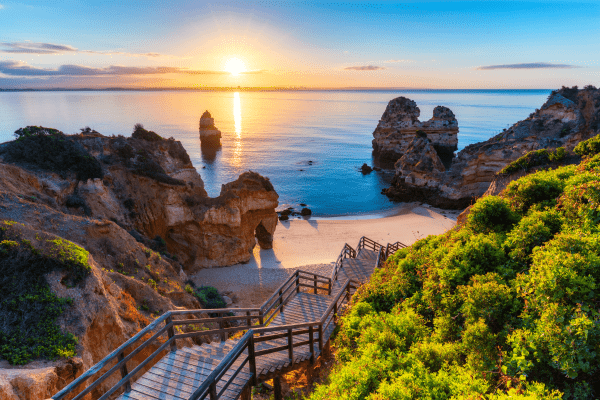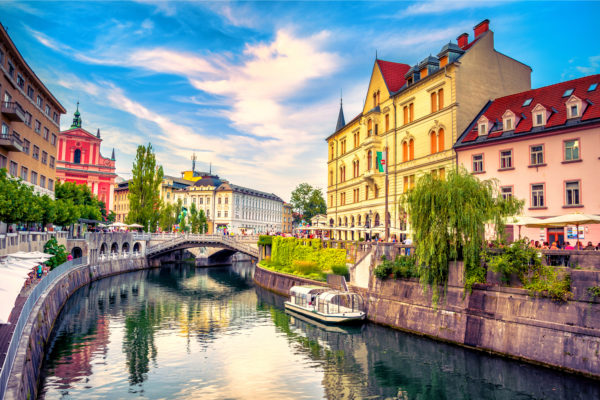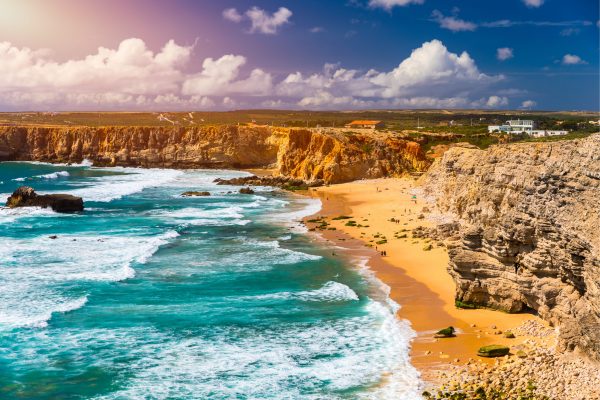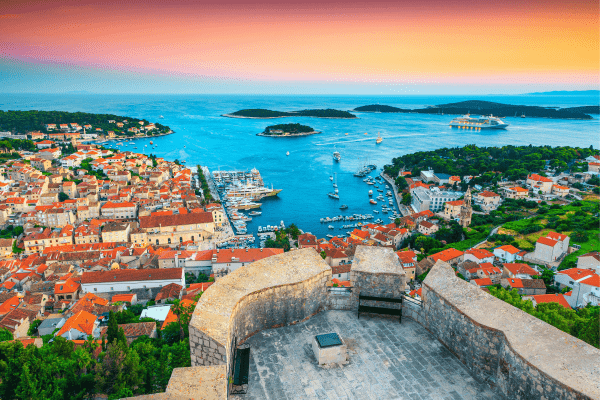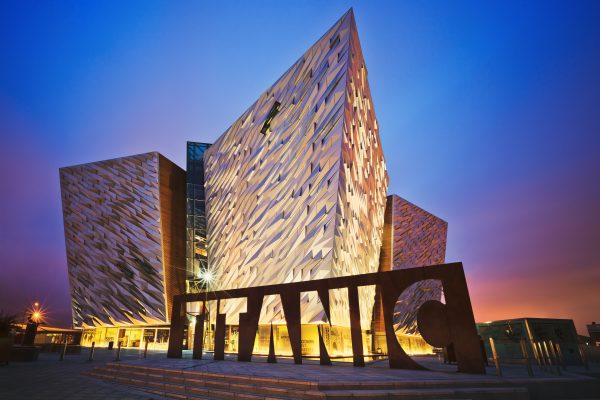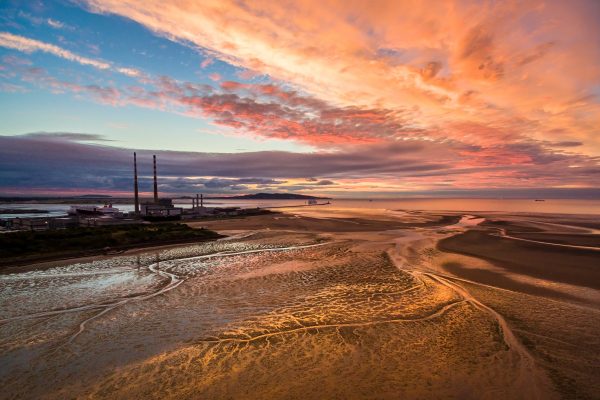“We belong to the international family. Our foreign policy is defined with clarity – a hand building from within and a hand offered in goodness, giving…’ These words, spoken by former Sultan Qaboos, just about sum up the peace-loving attitude prevalent in this unique destination. Political neutrality and a virtual absence of violent crime have left Oman a super safe place to visit. Not only that, it is unbelievably beautiful, lauded for its UNESCO recognised World Heritage sites and diverse regions, including vast deserts, flat plains, deep valleys, wadis, towering mountains, and 2000 miles of stunning coastline. It’s a truly extraordinary nation steeped in tradition conjuring magical Arabian images of 1001 Nights within a contemporary infrastructure of top class facilities and some of the best hotels in the world.
The most popular time to visit is over winter when Oman’s climate is warm and pleasant, but to avoid this peak priced period, at Low Season Traveller we recommend trying the shoulder months between Easter and June and then September to October. The low season of July and August is particularly hot. However Oman has a different climate to that of the Gulf countries so summer travel is still possible and certainly guarantees the best prices. Situated along the Indian Ocean, the coastal towns have a summer breeze that comes in off the sea. Daytime temperatures along the coast are comparable to that of Cyprus and Turkey. In Salalah in the south, 632miles from Muscat, a summer monsoon lowers temperatures (although not humidity) and renders the mountains green and verdant as the Khareef, as it’s known, sweeps in from the ocean.
City Life in Muscat
Port capital on the sultanate’s northern coast boasting an intriguing mix of great foodie venues, world class shopping, friendly open-mined people, and a rich cultural tradition. Unlike other Gulf cities, Muscat remains free of high rises meaning you’ll enjoy unrestricted views of the ocean to one side and rugged mountains to the other. A highlight is The Royal Opera House, not only is it an architectural gem, it is Oman’s premier venue for music and performing arts. Another favourite spot is Ghalya’s Museum of Modern Art, a fascinating place to discover the past, present and future of Oman. You can’t miss the stunning Sultan Qaboos Grand Mosque, open to non-Muslims and a real jewel, with exquisite Persian carpets and Swarovski crystal chandeliers. Visitors of all genders are required to cover legs and arms.
Desert Adventures and Beach Breaks
1 or 2 week itineraries out of Muscat are possible exploring Arabian fortresses and deep wadi riverbeds. Self-drive options are great if you are confident and open-minded. If you are going to turn green when the road disappears and you are alone in the shifting sands of the desert’s Empty Quarter, consider a guided option where a local expert can offer anecdotes, historical detail and vital experience when conditions turn extreme. Just over two hours from Muscat is Wahiba Sands, a moving desert of 4800 square miles. Travel the towering dunes by 4×4 among the wandering camels and Bedouin tribes that still traverse the desert. In the low season though the interior is very hot and the sand is fine and you may not be able to stay in the desert itself or take part in dune bashing. At this time, maybe turn to one of Oman’s many beaches, each different from the last. Along the south coast between Masirah Island and Salalah you’ll find long, lonely unspoilt stretches.


